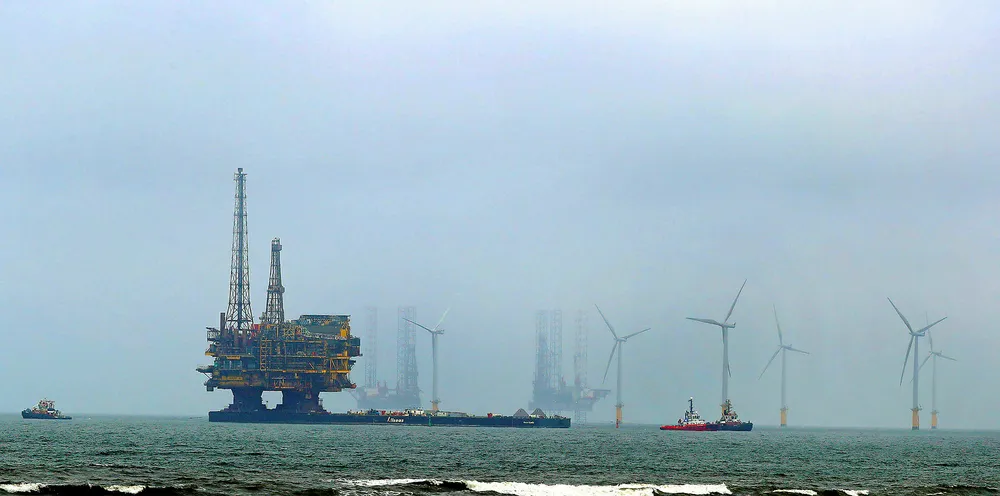Investor returns on renewables projects 'now competitive with oil & gas' as coronavirus strikes
Wind and solar projects now matching upstream hydrocarbon investment returns as Big Oil faces up to the impact of Covid-19, says Wood Mackenzie

Wind and solar projects now matching upstream hydrocarbon investment returns as Big Oil faces up to the impact of Covid-19, says Wood Mackenzie
